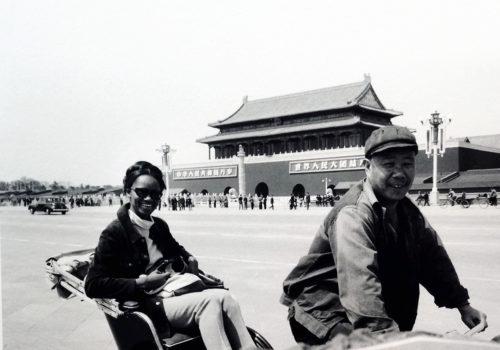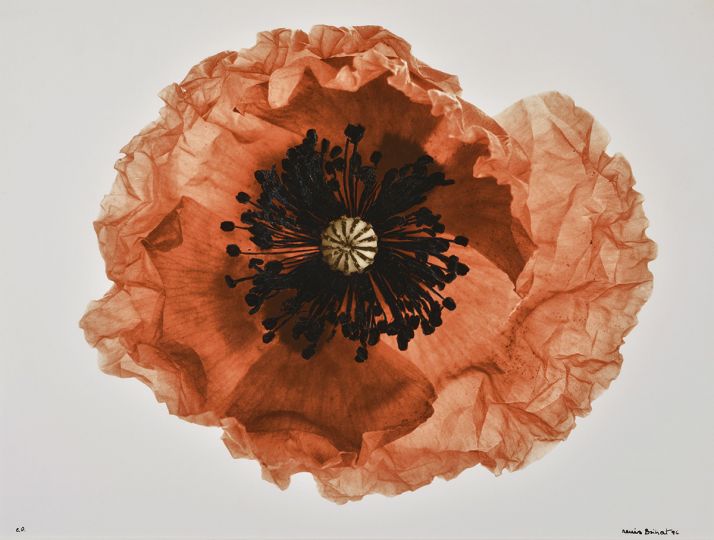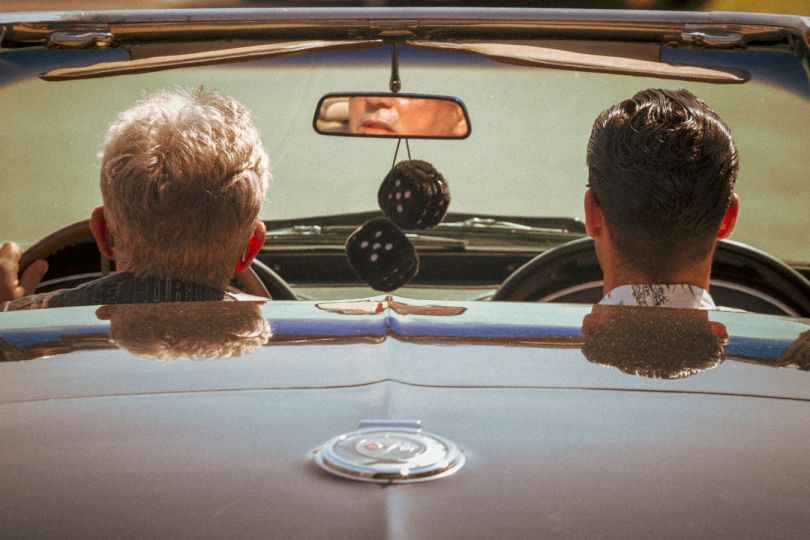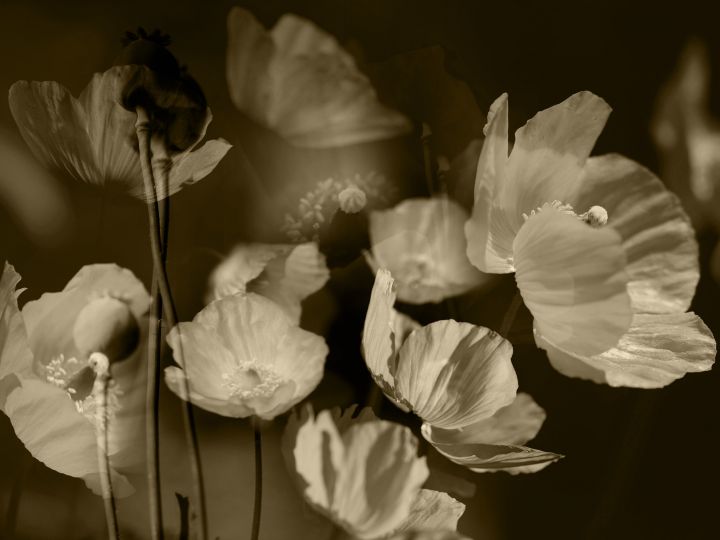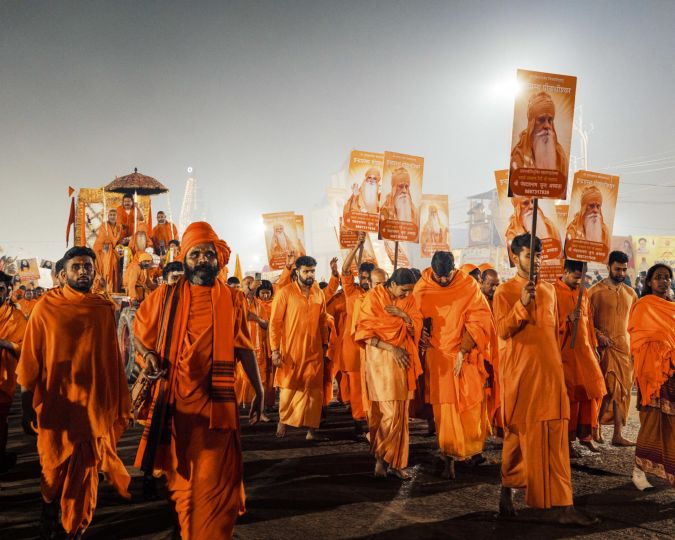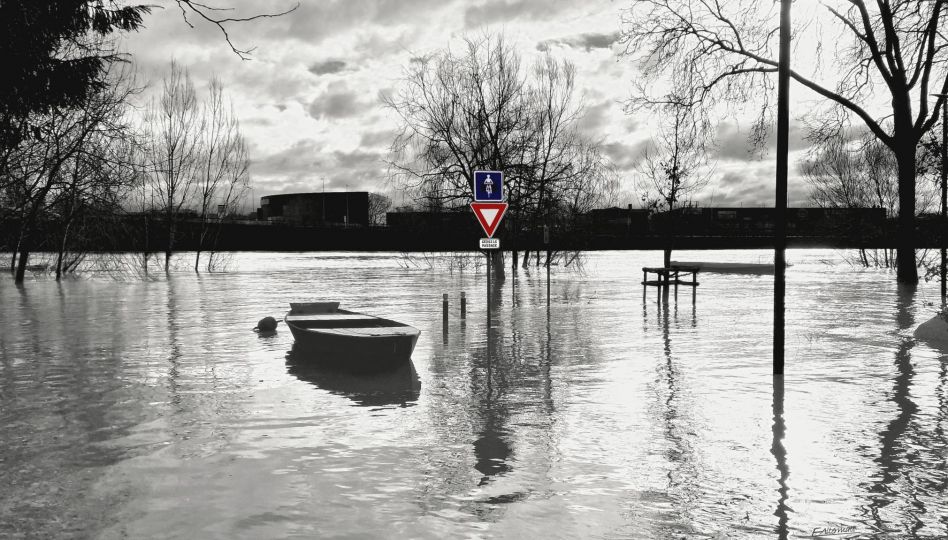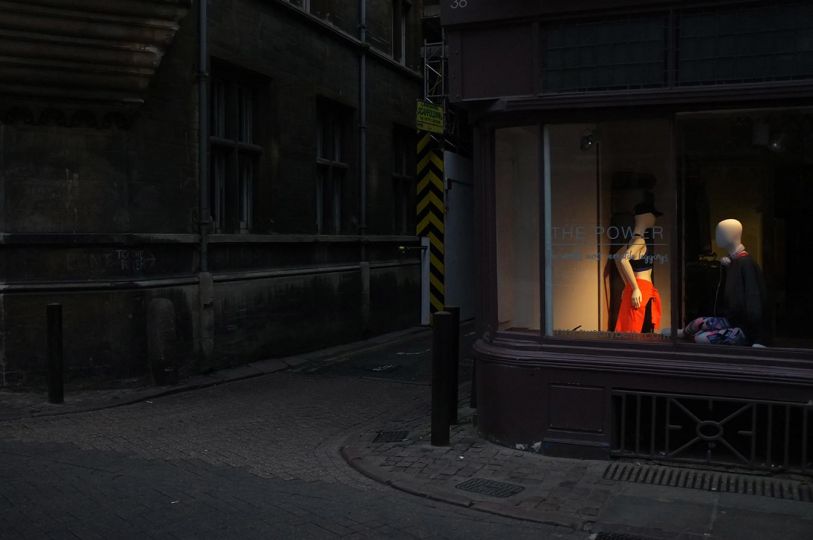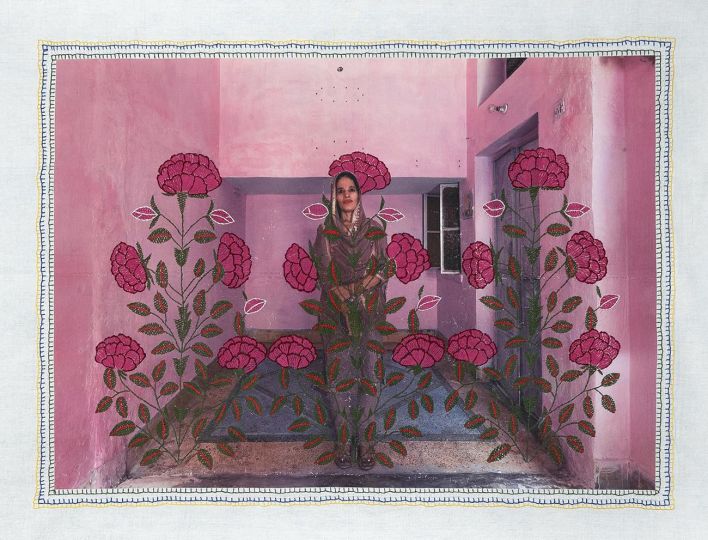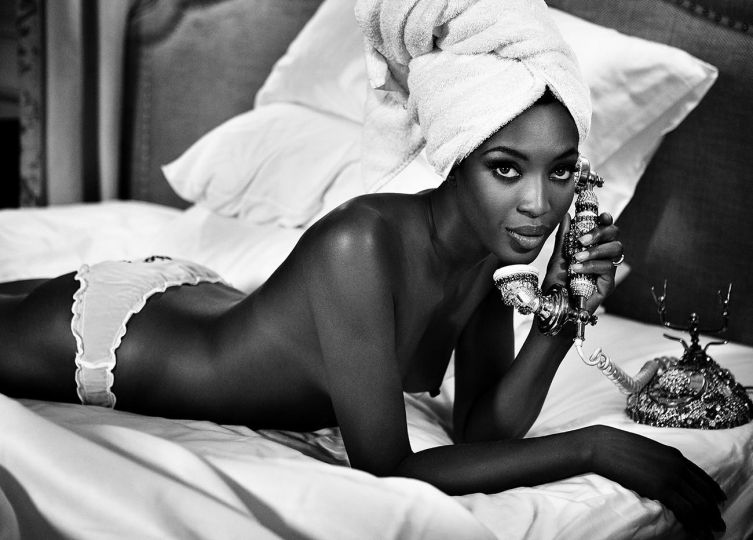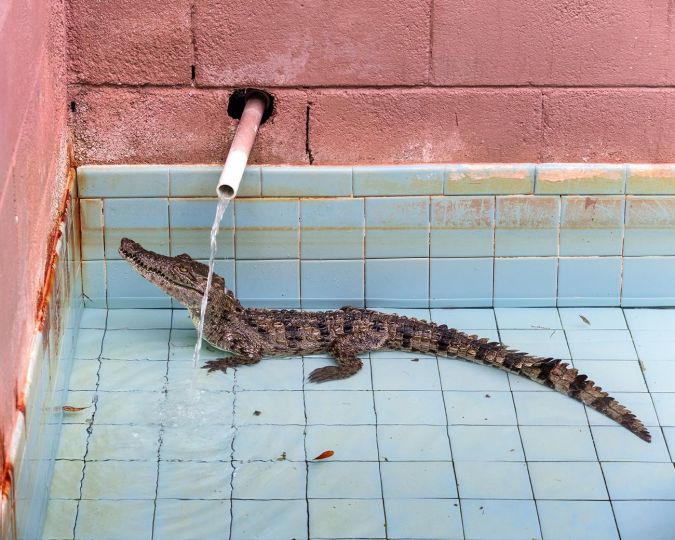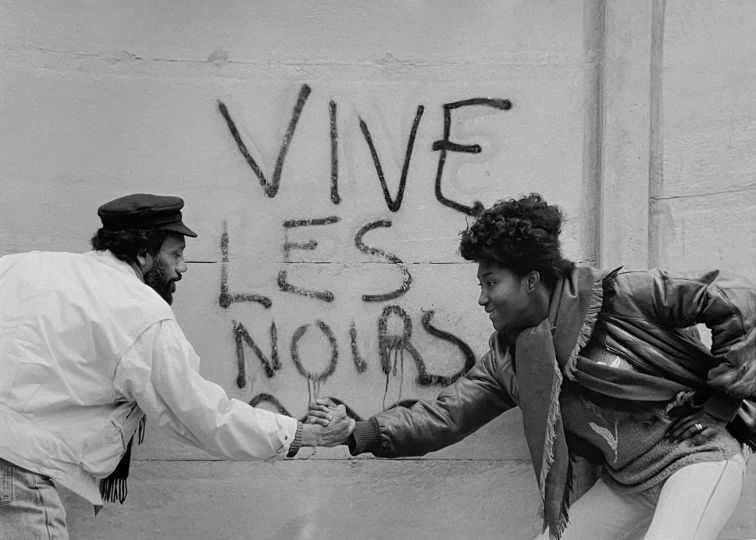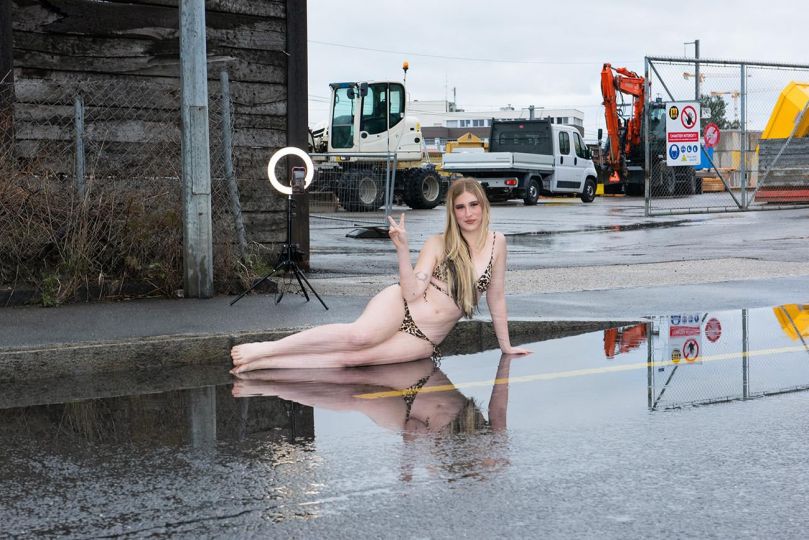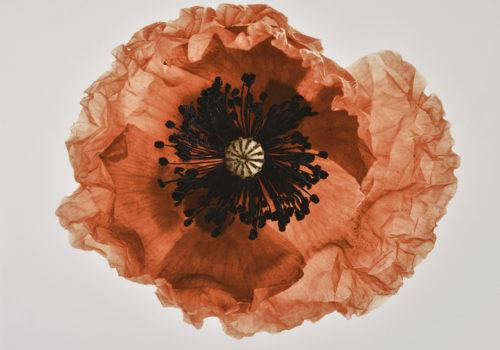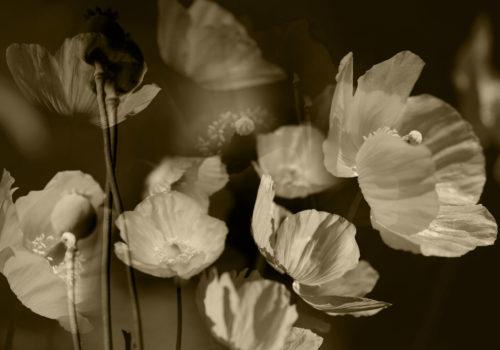A lovely tribute from Jean Loh to Barbara Chase-Riboud, Marc Riboud‘s first wife!
A never-seen before event: from September 2024 to January 2025: eight museums in Paris are celebrating the career of the French American artist Barbara Chase-Riboud. According to the press release, under the title of one of Barbara Chase’s poems “Everytime A Knot is Undone, A God is Released” this celebration offers the public a constellation of encounters with the work of Barbara Chase-Riboud, spread across the eight partner museums. Sculptures, drawings, and poems, created from 1958 to the present day… each of the institutions weaves a story through a presentation designed each time in a specific way, in conversation with the different museum tours and the architecture of each place. An exhibition with the participation of eight Parisian museums : the Centre Pompidou, the Musée national des arts asiatiques-Guimet, the Musée du Louvre, the Musée d’Orsay, the Musée du quai Branly Jacques Chirac, the Palais de la Porte Dorée, the Palais de Tokyo, the Cité de la Musique and the Philharmonie de Paris.
We have to walk up to the third floor of the Musée Guimet to discover a sort of screen-sculpture in “bronze, steel and silk”, with a label announcing an enigmatic “Mao’s Organ 2007”. First there is such an unusual association between metal and textile which is the trademark of Barbara Chase-Riboud known for her sculpture works with folded steel or bronze. Then the distribution of her art works in eight Parisian exhibition spaces is placed under the title of one of her poems “Everytime A Knot is Undone, A God is Released”, therefore we are dealing with a question of knots and threads…
Let’s then undo the knot and follow the red thread: why this reference to the towering historical figure of China? We noticed around this sculpture Mao’s Organ the presence of seven B/W prints by Marc Riboud, all dated in 1965, representing Barbara Chase in China, in Beijing especially. Actually, this little story began in 1957 when Marc Riboud arrived for the first time in China. It was the year of the Hundred Flowers, when Chairman Mao experimented for a short time with freedom of expression, which would quickly turn into an anti-rightist rectification campaign, after he received massive criticism against the communist party. Therefore in 1957, it was in the context of relative liberalization that Marc Riboud visited the Beijing School of Fine Arts (before it was called “the academy”) and came across a sculpture class, where he photographed serious and focused students working around sculptures representing a female nude, in front of young models posing naked. He discussed with the teacher who had in fact attended the Paris School of Fine Arts, and had learned the method of teaching with nude models posing for his students. But when Marc Riboud returned in 1965, to spend 5 months criss-crossing China in the company of Polish journalist KS Karol, eight years had passed, and the anti-rightist campaign and the Great Leap Forward had led to three years of great famine, the Chinese regime returned to austerity and censorship. And in 1965 we were on the eve of the Great Cultural Revolution, and at the fine art school, nude models were banned, and Beijing students were mobilized in mass demonstration, either in 100,000 seat stadium or parading in anti-imperialist street protest. But Marc Riboud was not aware of all this, he asked his first wife Barbara Chase, an American sculptor, to join him in Beijing, with the idea of revisiting together the Beijing School of Fine Arts and the famous sculpture class. In April 21st 1965, he called her from Tian An Men square saying “I’ve just photographed Chairman Mao and Zhou Enlai the prime minister! And you’ve just been invited to China! You will be the only American in China, the first one since Mao’s Revolution! There’s no second chance, chérie, it’s now or never!”. So, Barbara arrived in early May, and was immediately invited to a state banquet celebrating May Day. One picture displayed at the Guimet museum shows foreign guests sitting at a typical Chinese round table, and KS Karol sitting opposite Barbara, there is an empty chair next to Barbara, that would be Marc Riboud’s who left the table to take photo as usual. In her book, Barbara would describe in detail the fantastic multiple course Chinese dinner, listing all the dishes.
At the Fine Art School in Beijing Barbara nevertheless was able to discuss “socialist abstract art” with the Chinese teachers (photo by Marc Riboud in Barbara’s book “I Always Knew”). Marc and Barbara then went out for a walk in the Liulichang district – Beijing’s street of antiques stores. Barbara noticed in a shop window some small stone sculptures, so she pushed open the door of the antique shop and began to examine and select from the various pieces, which were in fact ancient seals for official mandarins, Chinese scholars, painters and calligraphers. Marc was growing restless and pressed Barbara to hurry up, for he wanted to go back outside to keep taking pictures, Barbara replied “give me some tine, I’m in the middle of haggling with the antiques dealer”, with the help of the interpreter who accompanied them. It was at this moment that Marc Riboud turned around to face the window and saw the children outside passing back and forth, curious about what was going on inside the shop with these two “long noses” strangers. He raised his Leica and took two shots, the first one was a little tilted, the second was the right one, well framed. At that moment, Marc had created one of his masterpieces he called “icons”! For inside one single photo there are six photos, because this antique shop window had six openings with round corners, each opened up onto different views. Hereby we have portraits of people, street scenes, architectural details, and especially the calligraphy on a poster announcing: “here we buy and sell jade, pearls and precious stones, porcelain, embroidery and carpets, etc.” A few years later, when this picture appeared in a retrospective on his China photography: Marc Riboud would write this caption: “in the following year the Beijing citizens were summoned to deposit here all their jewelry, jade, porcelain and carpets” (the Cultural Revolution had started in 1966!).
My emotion was indescribable, when I discovered in this room of the Guimet Museum the glass cabinets displaying the collection of antique seals that Barbara Chase-Riboud had purchased that day in May 1965, some still with their tassels. Some sixty years ago! And a photograph of Barbara very elegantly dressed, wearing sunglasses, her head in a scarf, she was walking down the street of the antique dealers, with this simple caption written by Marc Riboud: “Barbara buying her Chinese seals, Beijing 1965”.
In another black and white portrait of Barbara by Marc Riboud at the Summer Palace standing in the middle of dozens of soldiers of the Liberation Army, we can see her wearing an imitation of the so-called Mao jacket designed by herself. As she described in her memoir (I always Knew): Marc told me: “don’t bring any skirts and high heeled shoes. Only trousers, the only thing women here wear.”. In the preparation for her China journey, Barbara wrote to her mother: “I have concocted myself a Chinese uniform: a dark green suede military jacket with khaki work pants and a Mao’s working man’s cap”. (in the book “I always knew” p. 145).
In a way, thanks to Barbara Chase-Riboud, and her collection of Chinese seals, we have undone the knot that “released” the iconic photo of the windows of the antique dealer’s.
But Marc Riboud’s great photo was not exhibited here at the Guimet, it was taken as a state gift by French President Macron in 2024 to Beijing for Chinese President Xi Jinping as part of the celebration of 60 Years of France-China Relations!
This little story is based on Barbara Chase-Riboud’s accounts in her book “I always knew”, and based on anecdotes Marc Riboud told me during his retrospective in China in March 2010.
Jean Loh
For further reading:
Barbara Chase-Riboud “I Always Knew: A Memoir” published by Princeton University Press in October 2022. – in French “J’ai toujours su” – Les éditions du Seuil, avril 2024.
The French translation by Denis-Armand Canal “J’ai toujours su” published by Éditions du Seuil in April 2024
Both with a portrait of Barbara by French photographer Jeanloup Sieff in 1972 on the cover.
Marc Riboud – the Three Banners of China – in English published by Macmillan January 1966 – in French Les Trois Bannières de la Chine – les Éditions Robert Laffont Janvier 1966
KS Karol – La Chine de Mao – l’Autre Communisme – les Éditions Robert Laffont Janvier 1966.
“Marc Riboud – les Fenêtres d’Antiquaire de Liulichang” by Jean Loh, in Eye of photography.com – June 2015

